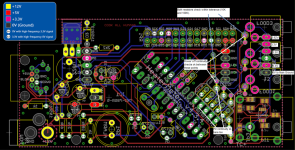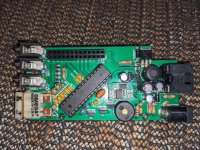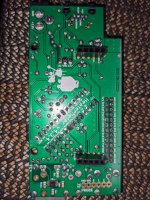I got my Heatermeter V4.3 with Raspberry Pi Zero W up and running for the most part.
However, probe 3 reads constant 265V with or without a probe inserted.
The other two work just fine, as does the thermocouple.
I will attach a picture indicating the checks I did and the results. In addition the continuity checks good to the AVR chip leg.
I am prone to using voltage drops where I can as a habit from electrical diag on cars, but I was having a heck of a time accessing both sides of the board while powered. So continuity checks were done in their stead.
Any ideas or suggestions on other checks to perform are greatly appreciated.
However, probe 3 reads constant 265V with or without a probe inserted.
The other two work just fine, as does the thermocouple.
I will attach a picture indicating the checks I did and the results. In addition the continuity checks good to the AVR chip leg.
I am prone to using voltage drops where I can as a habit from electrical diag on cars, but I was having a heck of a time accessing both sides of the board while powered. So continuity checks were done in their stead.
Any ideas or suggestions on other checks to perform are greatly appreciated.



